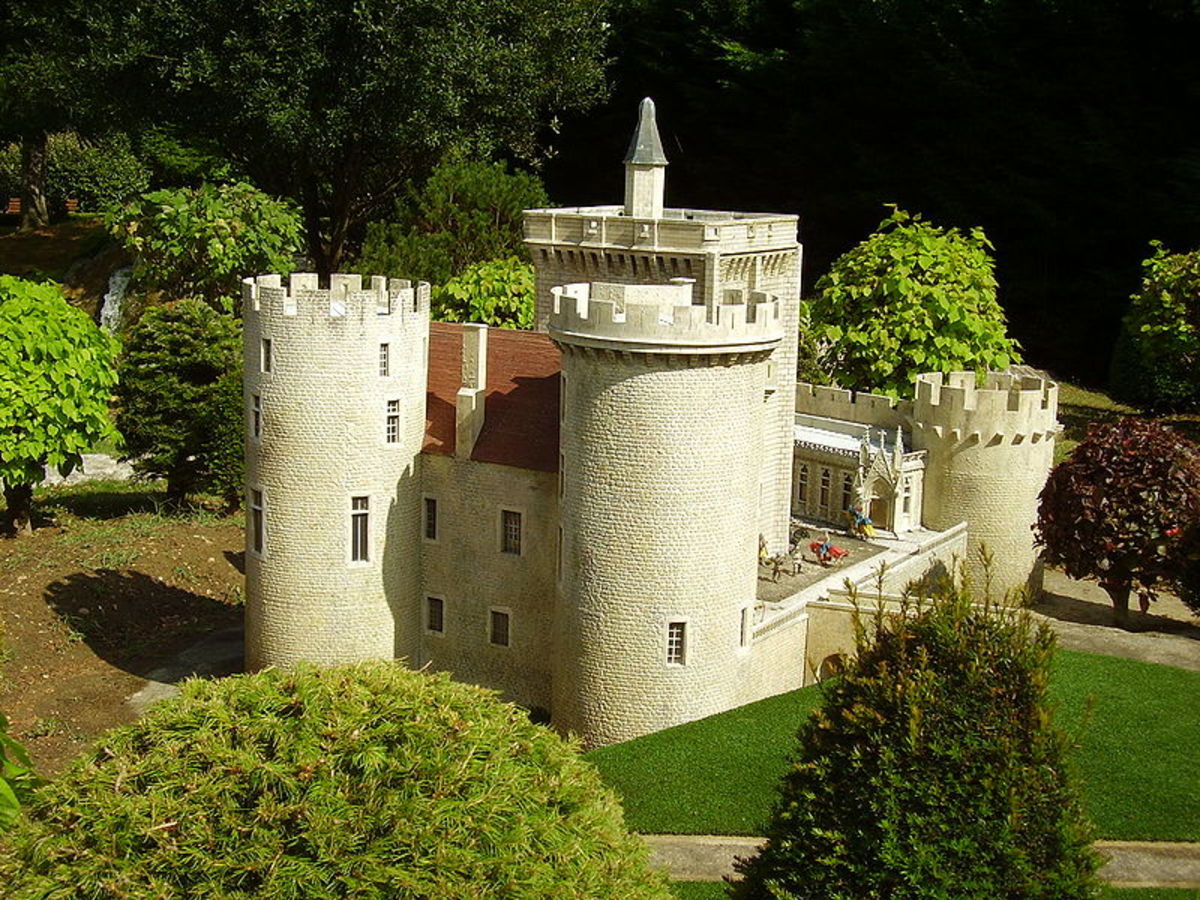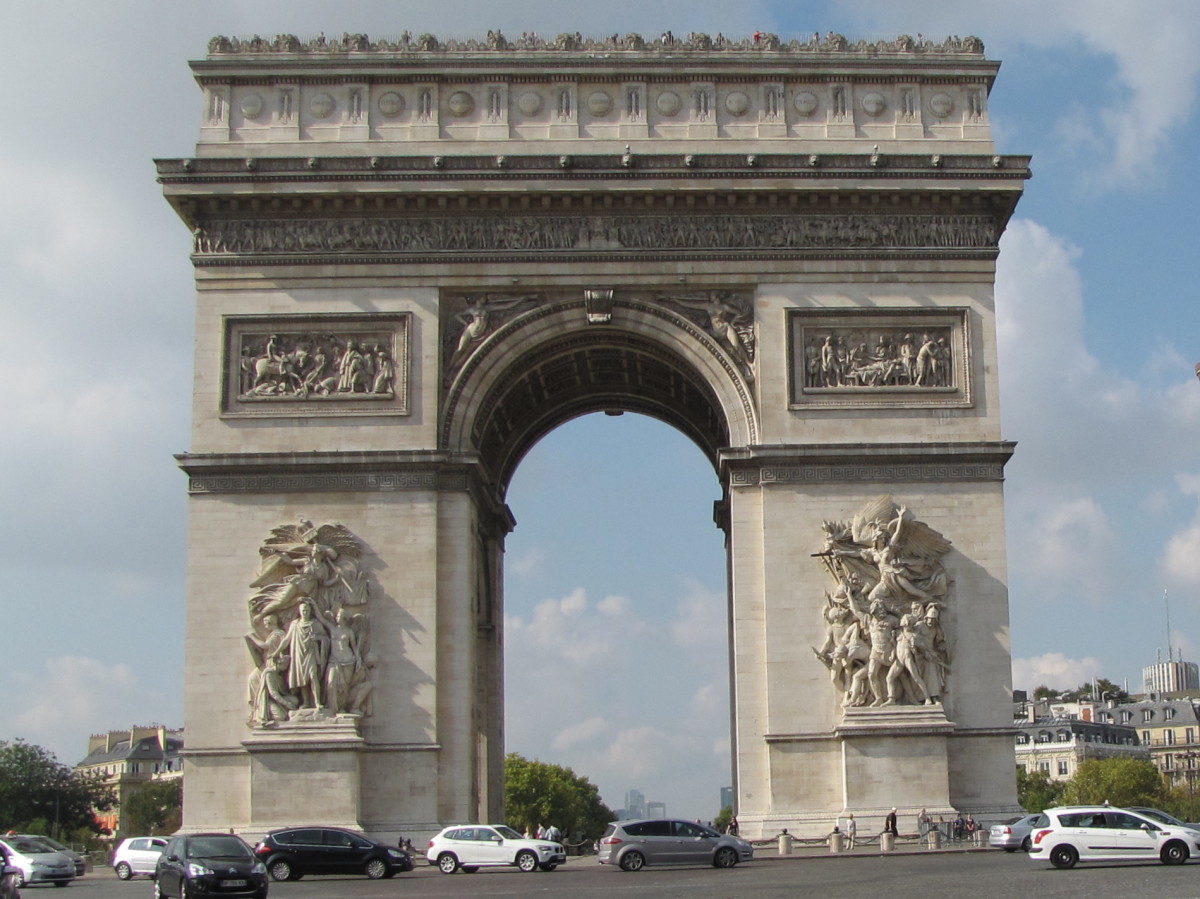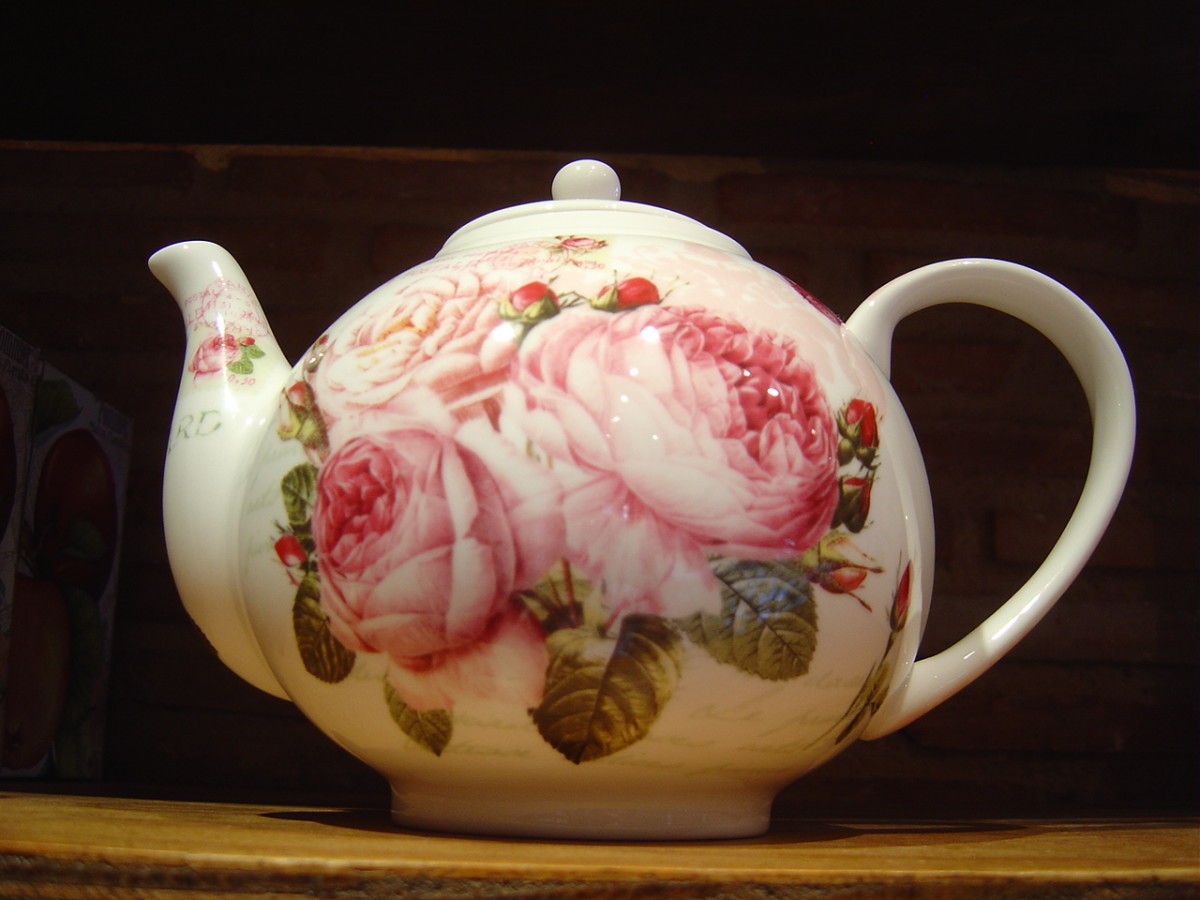Visiting Renescure, France and Its Castle: On the Traditional Borderland of Flanders

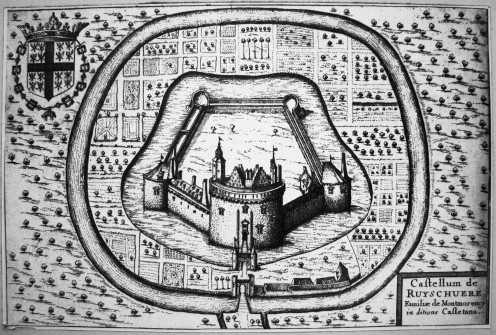
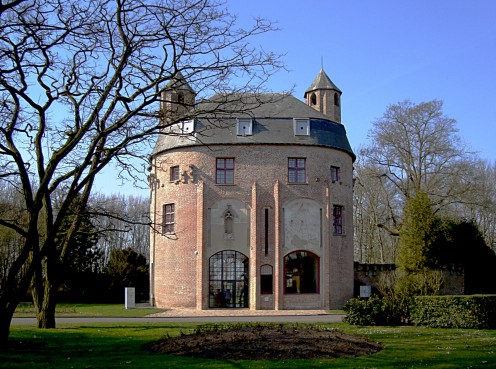
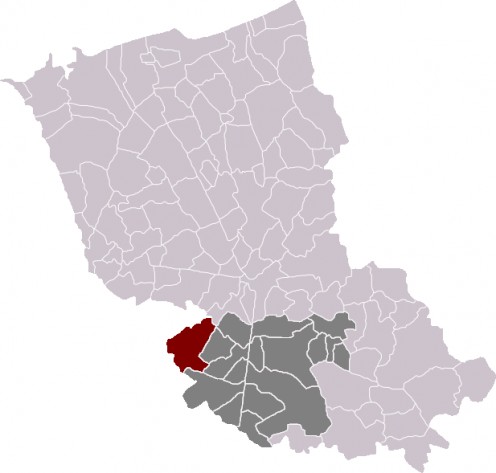
In the footsteps of Medieval chronicler and diplomat Philippe de Commynes
[This visit occurred a number of years ago. Some British readers, traditionally rooted historically in maritime — as opposed to shared, continental — relations with other countries, may find some of the concepts in this short hub article to be relatively unfamiliar. Since the original draft of this article, I learned with regret that my former professor Gilbert Trausch passed away.]
At least two towns in France's Nord department lay claim to the Medieval chronicler and diplomat Philippe de Commynes (various spellings exist). One of them is the town of Comines on the Lys River — actually, two towns, one in France on one bank of the Lys and the other in officially bilingual French and Dutch territory on the other bank in Belgium.
The other town that lays claim to this historic figure is Renescure (Dutch: Ruisscheure ,) also in the Nord department, but actually within walking distance of the Pas de Calais department. Close to Renescure, the Aa (yes, really!) River generally forms the boundary between the two departments. Or, to put it historically, the Aa represents the transition between Artois and Flanders.
De Commynes, a toposemantics of transition?
Although the castle at Renescure is named after this figure in history (1447-c.1511), the original castle itself dates from some centuries earlier. Successively the servant of the Duke of Burgundy (Charles the Bold) and two Kings of France (Louis XI and Charles VIII), de Commynes managed to carve himself a role whereby he could use his intimate knowledge of the affairs of both Burgundy and France to the establishing of a unique, personal vantage point. His chronicles have left posterity with a valuable (if not always fully objective) insight into a fascinating period of history. Being personally conversant with Lorenzo de Medici (that most subtle and vigorous of late Medieval operators), Philippe has also been compared with Niccolò Macchiavelli in his nuanced perspectives on the art of statecraft.
Philippe was Lord of Renescure, and took his name from a family Lordship on the Lys River , where the town of Comines is situated. (When I visited the castle at Renescure, I believe I briefly came across the mayor, who greeted me politely and who is the current occupant of the castle, which now functions as his rather grand office.) Not far from Renescure in the direction of the (then English) town of Calais is Ardres, near where not many years after Philippe's death the meeting at what is referred to as the Field of the Cloth of Gold (le Champ du Drap d'Or ) occurred between French King François I and English King Henry VIII. The relationship of monarchs of the period was celebrated by Holbein in his memorable painting, 'The Ambassadors', in which a distorted skull sets something of a paradigmatic and spiritual mystery.
In Philippe de Commynes, then, perhaps we see in this most enigmatic of late medieval diplomats and historians something of the internal dynamics of the borderland of France, as its influence radiated eastwards into Flanders (and, indeed, at the time northwards towards English Calais). Do we see rooted in him a toposemantics of transition, a borderlander's cognition? Does he grant us a clue as to why countries such as Luxembourg, such as Uruguay, which, controversies and opinions aside, have given the world such effective diplomats? Even a clue to why a country like Syria is a geopolitical key to the Near East?
The late Polish Foreign Minister and historian Bronislaw Geremek spoke of Philippe de Commynes as one for whom the notion of Europe was a key idea, because he referred to it as a higher concept beyond the competing interests of the many legations with which he would habitually deal. Maybe so. Or maybe a key to Philippe's historical and conceptual role is the idea of a hermeneutics of toposemantic mediation between Burgundy and France and other states? And can Philippe offer us a toposemantic paradigm to many other figures with broadly comparable roles? to a Pierre Werner representing an equilibrium of neighbouring monetary interests within the context of a Christian Democratic tranquilitas ? to a Gilbert Trausch articulating a vision of geopolitical synthesis at the College of Europe? to a Paul-Henri Spaak pulling together the external strands of a shattered, internally complex Belgium after WW2? to a Robert Schuman as a Letzerbuergesch -speaking, German canon-lawyer and master of the Quay d'Orsay holding professedly European common solutions?
Or to a Farouk as-Sharaa mediating the Levantine and Syrian mosaic and a common Mediterranean patrimony? Or to the archetypical Lorrain Maurice Barrès teaching the lesson supplied by the Lebano-Syrian Orontes River of Antiquity and its northward spatial radiation? Or to an Alberto Guani, or a Juan-Carlos Blanco Estradé of Uruguay, standing as meta-ideological mediators driven by the geopolitics of regional chancery? I leave the question open.
Or, instead of the question, Who was Philippe de Commynes? maybe the question is as much, Who are we? and are we listening to our topography?
Also worth seeing
Calais (distance: 52 kilometres), with its Medieval tower, Tudor-style church, Flemish-style town hall belfry and lacemaking craft tradition.
Comines , France (distance: 56 kilometres), with its Flemish-style town hall belfry and associations with Philippe de Commynes.
...
How to get there: United Airlines flies from New York Newark to Paris (Aéroport Paris-Charles de Gaulle ), from where car rental is available (distance from Paris-Charles de Gaulle airport to Renescure: 263 kilometres). The French railroad company SNCF maintains a service between Paris (Gare du Nord) and Renescure, via Hazebrouck. Brussels is the nearest large international airport to Renescure (distance: 184 kilometres). Brussels Airlines flies from New York to Brussels Airport (Brussel Nationaal / Bruxelles-National ), from where car rental is available. Please check with the airline or your travel agent for up to date information.
MJFenn is an independent travel writer based in Ontario, Canada.
Other of my hubpages may be of interest
- Visiting the Old Town of Calais, France: memories and architecture from centuries past
There being so much of historical and cultural interest in Calais, this article does not attempt to be comprehensive. The Old Town alone of Calais, despite having suffered much war damage of the years, has... - Visiting Bray-Dunes, France: the north blowing in the wind
Icelanders used to come here regularly, the local businessman in Bray-Dunes told me. At first I was suprised: what would a group of Icelandic nationals be doing here in Bray-Dunes? I wondered to myself. Then...


